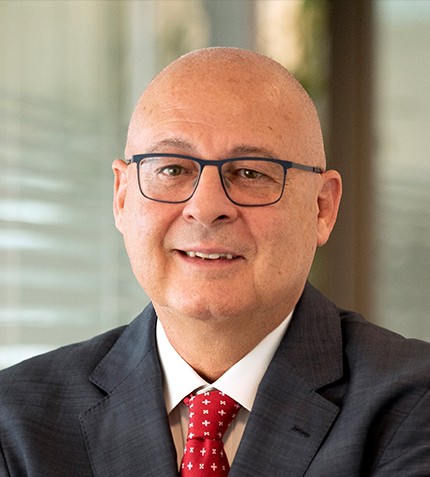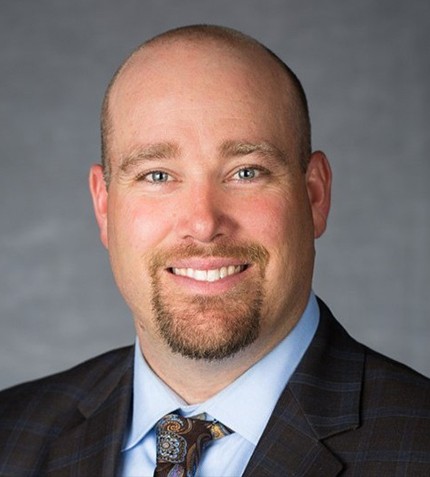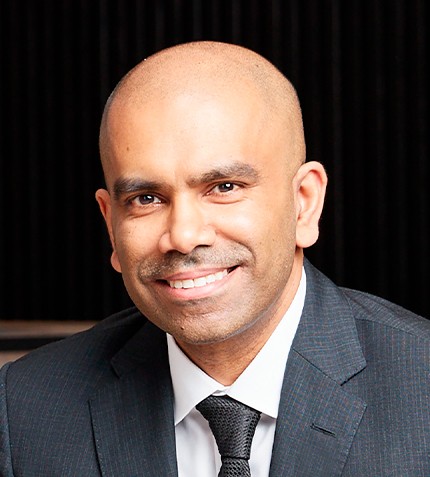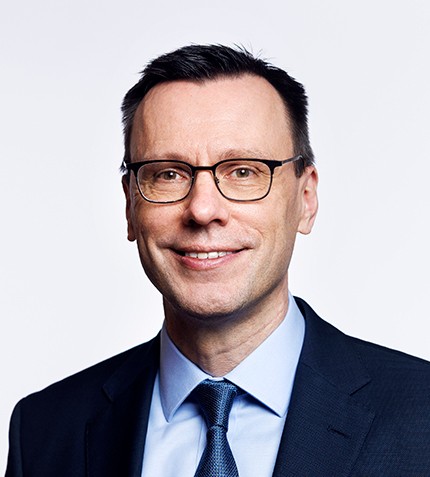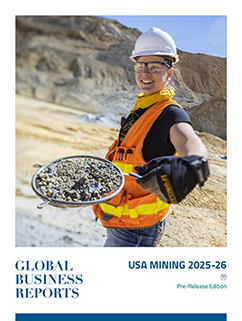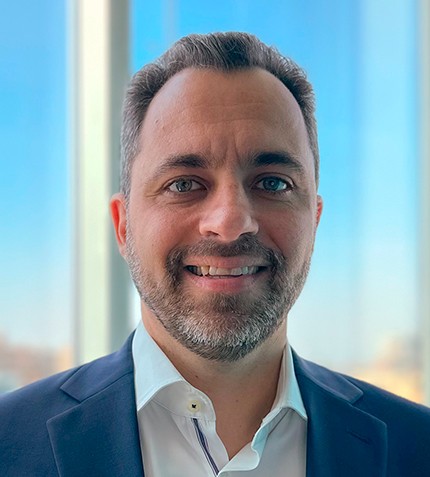
"Currently our Chile team has over 6,000 people, out of 21,000 people for Techint Engineering and Construction globally, and this shows the current strength of Chile’s operations."
Claudio Perillo
PRESIDENT ANDEAN REGION, TECHINT INGENIERÍA Y CONSTRUCCIÓN
Could you provide a brief background of Techint’s operations in Chile?
Techint was established in 1945 in Italy, and, after expanding into Argentina and Brazil, entered Chile in 1952 to do a project with Enap. Since the beginning, we were an EPC company, covering the full value chain of a project, from concept to feasibility, engineering, procurement, construction, commissioning, startup and we also have a division dedicated to operation and maintenance.
The period between 2022 and 2024 has seen our best years for Techint in Chile, thanks to our participation in two very large water projects, in Collahuasi and Codelco through Aguas Horizonte. At Collahuasi we are responsible for building a 194 km, 44-inch pipeline, with five pumping stations and other facilities all the way up to 4,800 meters above sea level. This project is essential part of Collahuasi’s mine life extension for an extra 20 years.
At Codelco, with the SADDN project for the company’s northern district, we have the full scope of the project: intake pipeline, desalinization plant, 164 km, 48-inch pipeline, all pump stations, power lines and electrical substations and terminal reservoir.
At Collahuasi we currently have 4,000 employees, while we have 1,500 at Codelco; however, we anticipate reaching over 4,000 people there as well. Currently Chile has over 6,000 people, out of 21,000 people for Techint Engineering and Construction globally, and this shows the current strength of Chile’s operations. Water access regulation is pushing miners to desalination.
What are the challenges to develop this technology in Chile?
The reverse osmosis technology is already proven, so from a technology standpoint, there are no challenges. The main issues come from the environmental perspective because permitting has been fairly complex. This said, there are already several desalination plants in operation, so the government is looking at desalination for water consumption for the wider population as well.
Techint employs approximately 200 women in your projects in the north. How does the company view female inclusion in the industry?
The construction industry has certain legacy issues that need to be addressed, such as slow technology adoption and low gender diversity. The sector has never been very friendly to women. We need to create an environment that not only attracts and retains female workers, but also provides the relevant training for those women that want a new opportunity in a different industry and want to join the construction sector. It is not only a social matter, it makes complete business sense, as the industry often suffers from a shortage of people.
How do you manage safety when you have thousands of people in your projects?
Safety has always been one of our core values and key differentiators. Our approach to safety was significantly strengthened when we integrated our management system 20 years ago. Today, we are very proud to have a recordable incident rate below big mining companies in Chile, and way below the overall construction industry average. Having reached this performance is a big milestone, because people turnover is very high in construction. Beyond systems, the main aspect is cultural change; at the workers level we need to be attentive in the smallest details. At the middle management level, we need to work on discipline and planning the safety, and at top management level in active and preventive leadership. To have a good soft skills abilities today is a very important safety tool.
What are the main goals for Techint over the coming years?
We want to be known as the top engineering and construction company for big projects in Latin America. At an industry level, we will see the company expand from the traditional mining, oil and gas and power, into a wider energy transition sector, that includes more than power generation. For instance, we are doing the engineering of a e-fuels plant for HIF Global in Punta Arenas. We will see more opportunities in e-fuels and green hydrogen projects.
Internally, we will continue working on our safety performance, culture and diversity, while we undertake initiatives to bring value to clients. We like to be involved from the early stages of projects, so these can be executed smoothly during construction mitigating problems, especially considering Chile’s complex licensing process.




